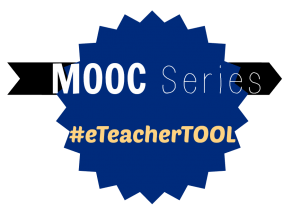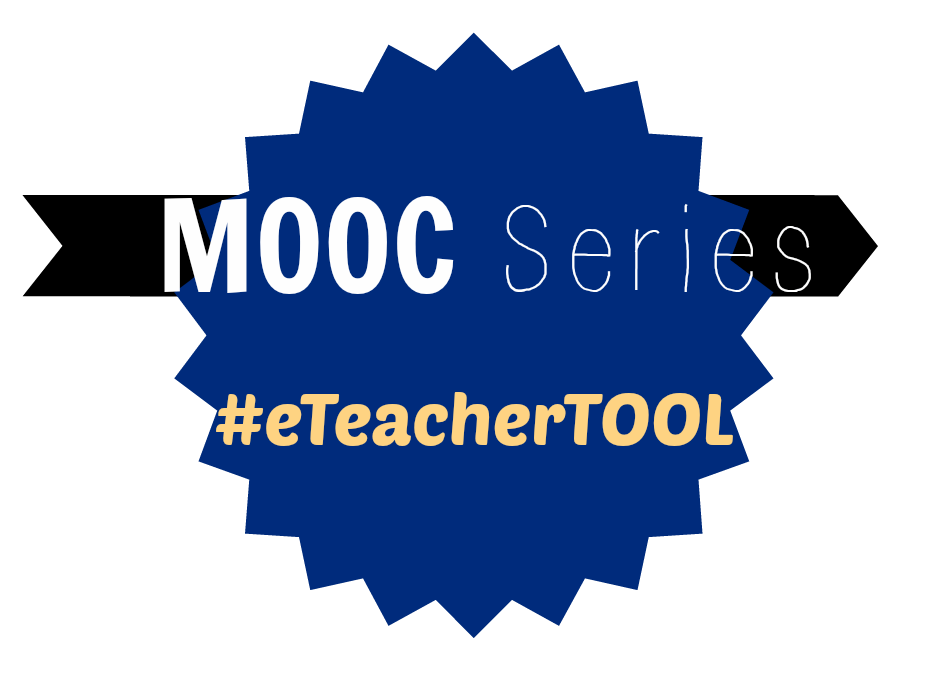 This post is one in a series for a MOOC. You can find similar posts searching under the Category MOOC or searching for hashtag #eteacherTOOL for more about this particular MOOC.
This post is one in a series for a MOOC. You can find similar posts searching under the Category MOOC or searching for hashtag #eteacherTOOL for more about this particular MOOC.
For an in-depth look into SIS/LMS markets, read this Gartner Group 2012 Report – A Report for Closing the Gap: Turning SIS/LMS Data Into Action.
(1) the LMS and SIS will become a single solution that on the surface looks and feels like a student-centric LMS with SIS features and functions; (2)
strong predictive analytic tools that capitalize on data collected through multiple state, local and
national resources; and (3) solutions that are applicable in non-traditional, .i.e., non-industrial
age, organizational models based on classrooms rather than learners.
In the 2010 report, A Report for Closing the Gap: Turning SIS/LMS Data Into Action, Gartner makes several predictions which still have not materialized as I would have expected. I would argue that claim #1 has not yet come to pass and in fact, over these past few years, the opposite may have happened. Many SIS/Content Providers have simply tried to add LMS features to their existing product or an LMS might try to add SIS functions/Content. While on the surface this might seem beneficial for a school/district/system, it may be experts superficially adding on features which are sub-par to their primary product. It actually presents competition between a larger group of products, experts in differing specialties are now “competitors.” This hinders disparate systems from integrating as it is with a “competitor.” Therefore a school/district/system is not able to select the best LMS, the best SIS, the best content – instead compatibility mitigates all further selection. It also draws to attention to the motive for trying to offer an all-in-one solution.
What is motivating a company specializing in one product to try and cross to the complementary product? How much more lucrative is a selling an all-in-one solution over allowing a school/district/system piecing together choice systems? Or are the existing products so proprietary they might not have functional integration with other systems? More mature, existing platforms required by school systems before other more transparent elements were introduced might have a more difficult time in retrofitting new, more transparent and/or innovative systems. This is evident by the light versions of web-based/freemium LMS which were developed at a rapid rate and for the educator to add content with great ease.
A school/district/system needs to obtain some sort of guarantee if they want to attempt integrating an existing SIS with an LMS. It would be typical to have a SIS first, as a prior reporting tool. The initial step would be narrowing the search to LMS which have demonstrated success integrating with the present SIS. It is likely not preferable to wait for the SIS to complete their LMS. If the SIS has not integrated successfully with any other LMS and/or asks you to wait for it to complete the development of it’s own LMS it is time to start shopping for another SIS. There is an advantage to shopping for an LMS and SIS at the same time – you can prioritize the features which are important to your school/district/system.






Leave a Reply